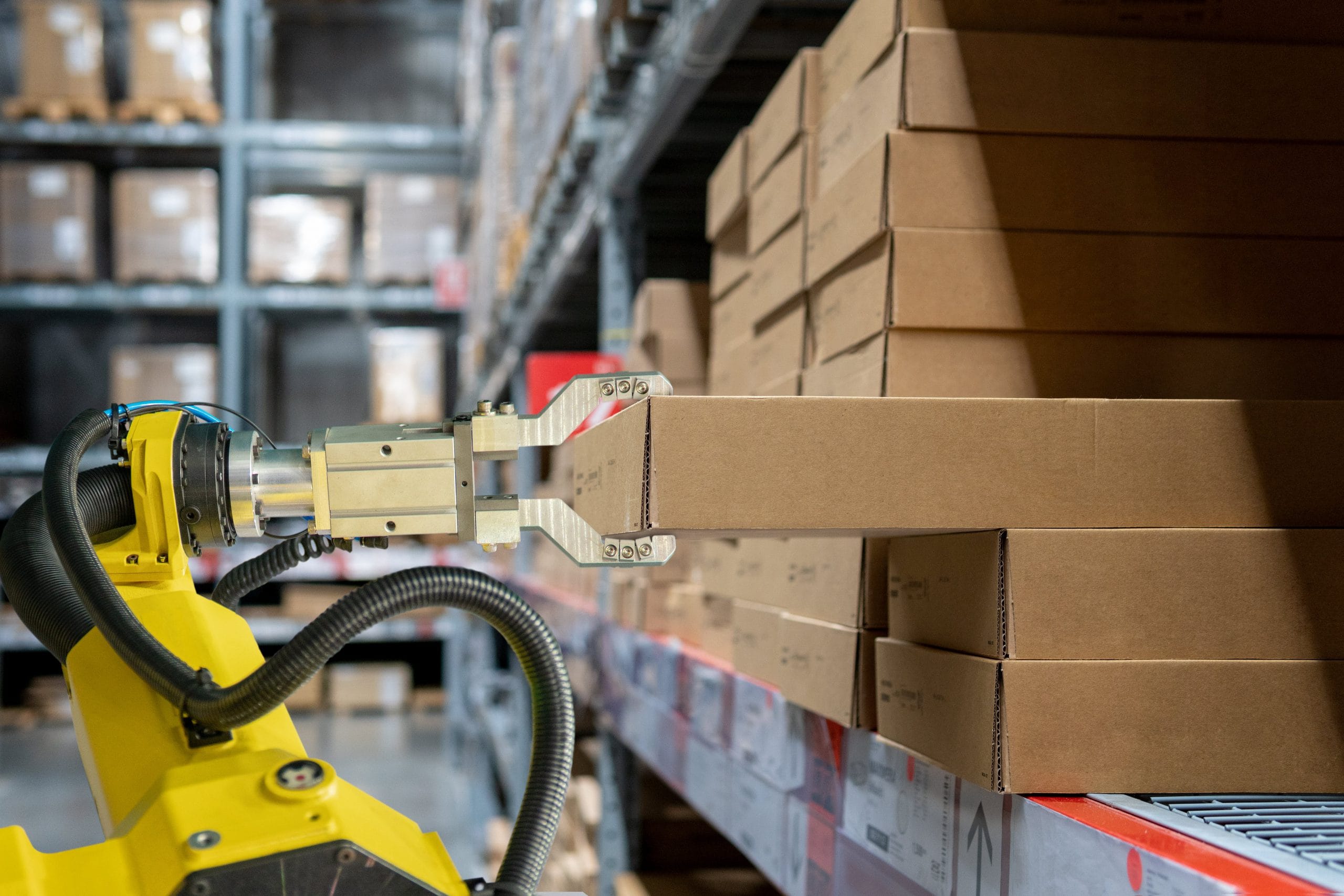
Innovation Must Be Practical
I use the mantra “Be Bold” with my internal Red River teams. And I mean it. I want them to make big moves, take risks, try new things, fail, and try again. I want to hear the new ideas, however crazy they may sound at first. But in being bold, we must also be practical. Innovation for its own sake has its time and place – a flying car does sound appealing – but right now, we need to solve today’s challenges.
Boldness and practicality don’t always live in the same space, but right now, they must.
I think we can all agree today’s challenges are by no means small. As we move further apart physically, technology must fill in the gaps to bring us closer together, and to solve problems that didn’t exist six months ago.
Our customers have fundamentally changed the way they work: A global survey conducted by Gartner found that 88% of businesses mandated or encouraged all their employees to work from home due to the spread of COVID-19. In addition, 97% of organizations immediately canceled all work-related travel.
But companies are not just shifting how they work, they are also reinventing their business models to accommodate a new way of life. That mom and pop diner down the street with the 20-year-old menus now has a website for online ordering. Bumble, the dating app, now offers video dates. The bourbon distillery is making hand sanitizer. Those may be bold decisions in any other time, but completely practical and necessary ones in today’s world.
Our supply chains have been completely disrupted. Our habits are different. The way our children learn is different. The way we engage with products, services and the people in our community is forever altered. COVID-19 has upended our way of life, and in doing so, accelerated our need for technological innovation.
In this new world, boldness may just mean going for it. Instead of working for months, even years, on a new technology, we may see organizations iterating by introducing pieces at a time and improving as they go, or trying multiple approaches at once until it’s clear what will work best. Agility has never been more important than in a pandemic environment – agility in business, in technology and in thought.
For years, organizations have talked about modernizing their infrastructure and making investments in their digital transformation – now it’s being tested at a scale we could never have predicted. Even beyond testing, it must be enhanced for this new reality, complete with a new set of expectations.
There are a lot of questions being raised in virtual board meetings and in C-suite channels all across Slack: We’re not in the office, so how do we connect to our colleagues? We’re not traveling, so how do we connect to our customers? As we work from our homes, how do we create boundaries between personal and professional to maintain our quality of life? How do we enable security? Do we have virtual infrastructure in place to support the changes we want to make? Do we need robots?
You may have laughed, but robots may be very practical. They can prevent humans from interacting and spreading a deadly virus just by restocking the toilet paper aisle. But the answer could also be an automated system for regular sanitization.
From the question of robots on the factory floor to investing in a new digital platform, organizational leaders are asking themselves tough questions. They must do this in order to find what it is they really need. Any innovation starts with determining the end goal – even if that goal needs to be a shifting target for the foreseeable future.
Innovation does not have to be big to be bold. It can be taking the lessons learned from other industries and applying them in a new way. After all, by definition innovation is simply the introduction of something new. Organizations would be well-served to look around a bit – what can they learn from other markets?
We can take the best mobility solutions from our warfighters who must connect in the worst conditions, and use them for our systems of education, now struggling to provide equitable access to its students and teachers. After all, both require reliable, secure internet, often in remote locations.
In my role as Chief Technology Officer, I am constantly looking to find new ways to solve problems. But never have I seen so many new problems emerge all at once, from every industry, every market, every corner of the geography. To best serve them, we need to be agile and move quickly and efficiently; we need to be bold and try new things; and we need to be practical and take lessons from other sectors. These three approaches taken together can support innovation at the scale we need to create the technology to support our new normal.
written by
Corrin Jones
Corrin Jones is the Director of Digital Demand Generation. With over ten years of experience, she specializes in creating content and executing campaigns to drive growth and revenue. Connect with Corrin on LinkedIn.

